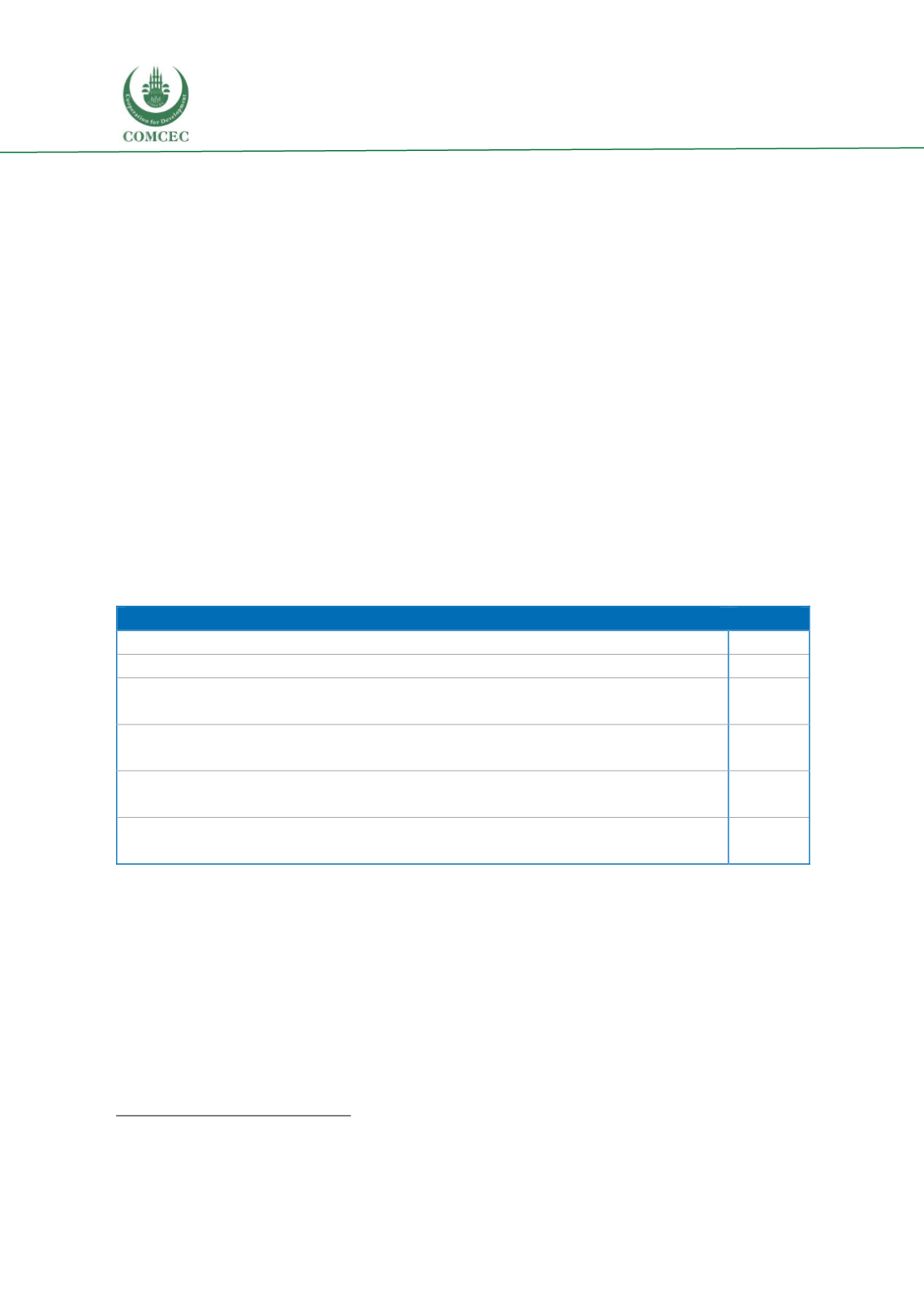

Improving Transport Project Appraisals
In the Islamic Countries
80
Multi-Criteria Analysis
The appraisal methodology, as applied in the Transport Sector Master Plan Update, concentrates
on
prioritisation of projects
. To this end, within the context of the ATSMPU, MCA is applied.
Through MCA, all projects are analysed, prioritised, and finally reduced to a short-list. In this
approach, large-scale projects, such as the proposed $2.1 billion Northern Line railway, can be
broken down into more manageable sub-projects, which are included in the prioritisation
process.
Criteria applied in MCA
A crucial element of this appraisal methodology is the definition of the criteria to be applied in
the analysis. Most of the investment projects presented in the ATSMPU are in the earliest
planning phases and still have to undergo financial and technical feasibility studies. As a result,
more mature economic and financial criteria elements, such as NPV, IRR or C/B ratios cannot be
included. Instead, the ATSMPU determines economic feasibility on known traffic figures and
strategic location in the transport network. As with conventional MCA, each criteria is assigned
a weight to reflect its importance in the decision-making process.
Table 4.3presents an
overview of the criteria to be applied, and their respective weights. These are the same for all
transport sectors.
Table 4.3: MCA criteria and weights
Criteria
Weight
The project is included in the government’s priority programs
0.25
The project is included in the CAREC Transport and Trade Facilitation Strategy 2020
38
0.10
The project is part of the National-Regional Resources Corridor Initiative
39
, and
connects locations with known mineral deposits
0.10
The project is prima facie economically feasible, based on known traffic figures and
strategic location in the transport network
0.25
The project is needed to improve transport sector performance (e.g., modernisation or
low-cost construction)
0.10
The project supports important social requirements (e.g., safety and rural
accessibility)
0.20
Source: Afghanistan Transport Sector Master Plan Update (2017-2036)
4.6
Demand analysis
Demand analysis is carried out for appraisal of individual transport projects, notably those
funded though international funds. No (national) transport model is applied for demand
analysis.
Traffic levels is also used in the ranking of projects as a proxy for the economic feasibility of a
project, as indicated i
n Table 4.3.38
The CAREC Transport and Trade Facilitation Strategy 2020.
39
The National-Regional Resources Corridor Initiative.
















